The Dream
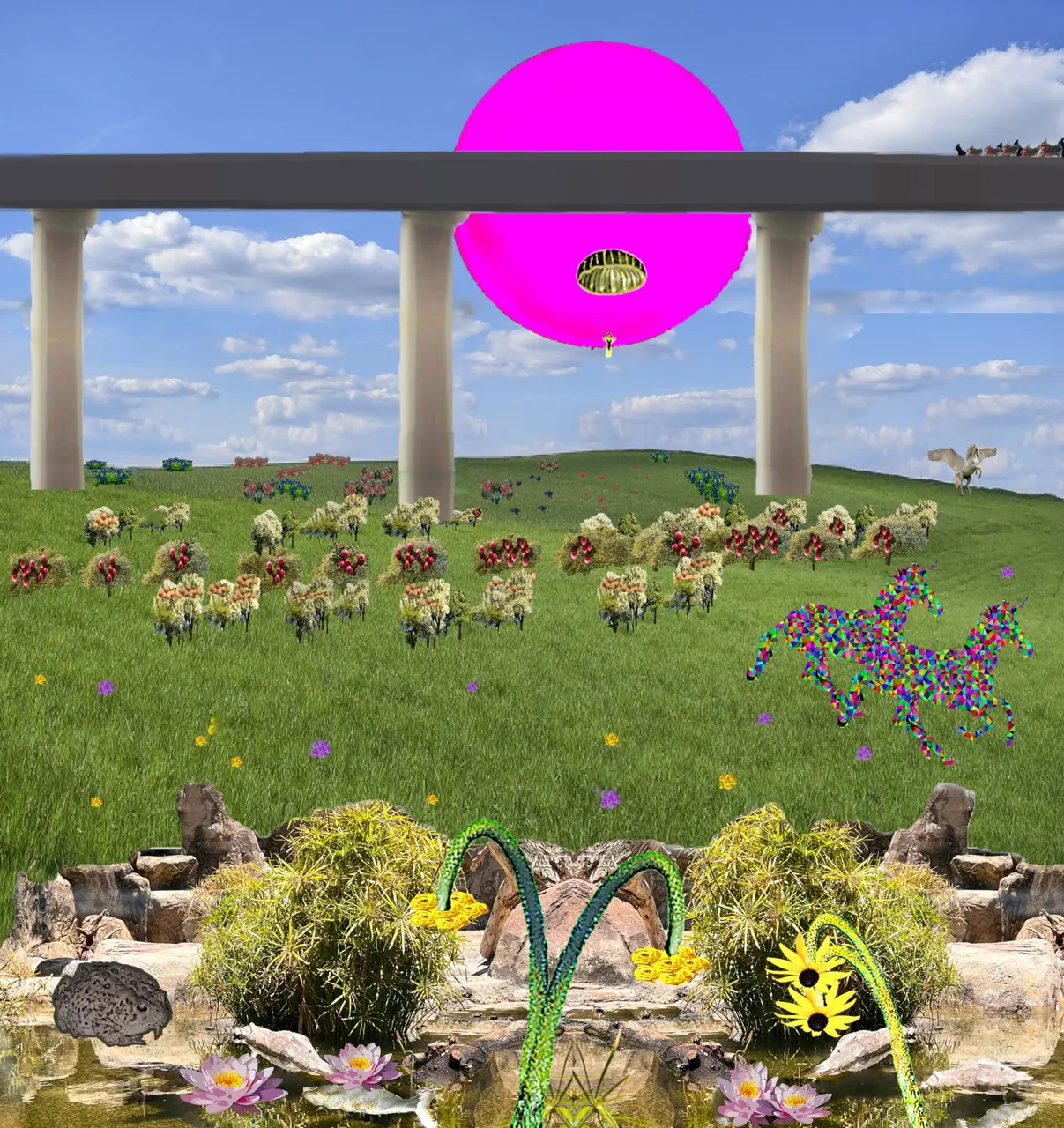
Here is a smaller version of the collage, with sparkles:
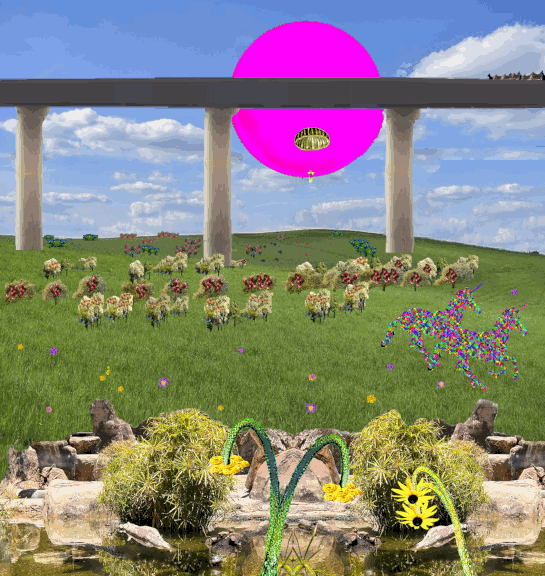
This week, for the 179th LMAC collage contest, @shaka offered an even more amazing picture than usual. Have a look:

Dreams
This blog was supposed to go up days ago, but I made a mistake and published in the wrong community. Since then, I have kept the collage but have rewritten the blog. It is now about dreams. The image was inspired by a story I wrote that involved a very vivid dream, experienced by a character. Creating the collage led me to ask the question, What is the function of dreams?
The question has been answered many times, in many ways.
The Greeks
Plato believed that dreams could be prompted by divine intervention, or by a physical circumstance. A god may be sending a message, or the dream may prompted by a disturbance of an internal organ.
Aristotle, on the other hand, asserted that dreams were caused by "residual movements of the sensory organs". He even credited indigestion with being a possible cause.
Bust of Aristotle
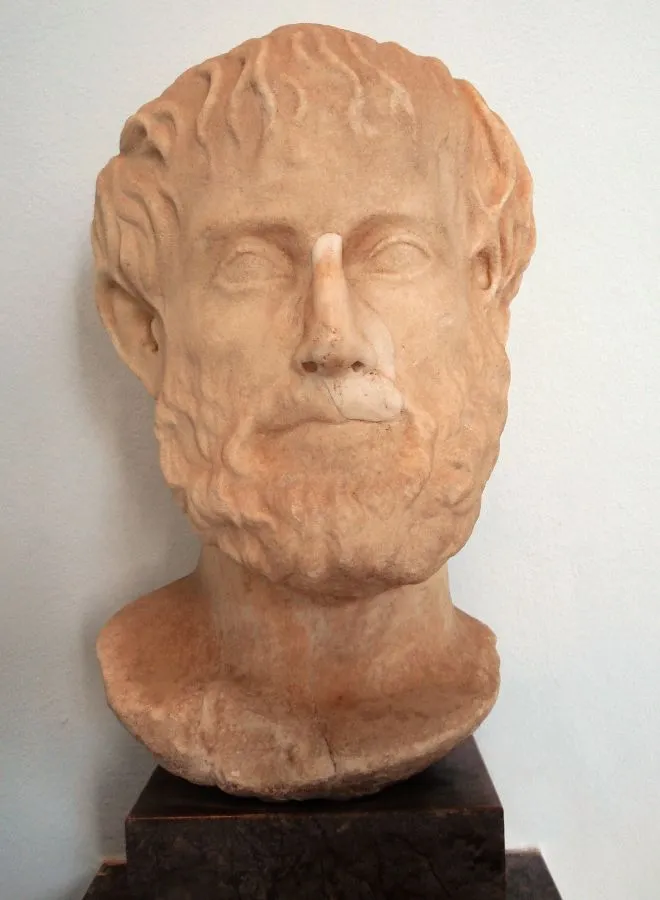
Credit: Photo by G.dallorto. Used under CC Attribution-Share Alike Generic licenseThis bust was made in Ancient Rome and is a copy of the original crafted by the Greek sculptor Lysippos..
As much as we stare into the sky and wonder about distant galaxies, right here on earth, we have as great a mystery in the human brain. The brain has been dubbed the Final Frontier. There are a 100 trillion connections in our brain and there is much to be learned about most of these. Theories about dream cause and function is the province of neuroscience. Here are a few current theories.
Dreams of a Sleeping World
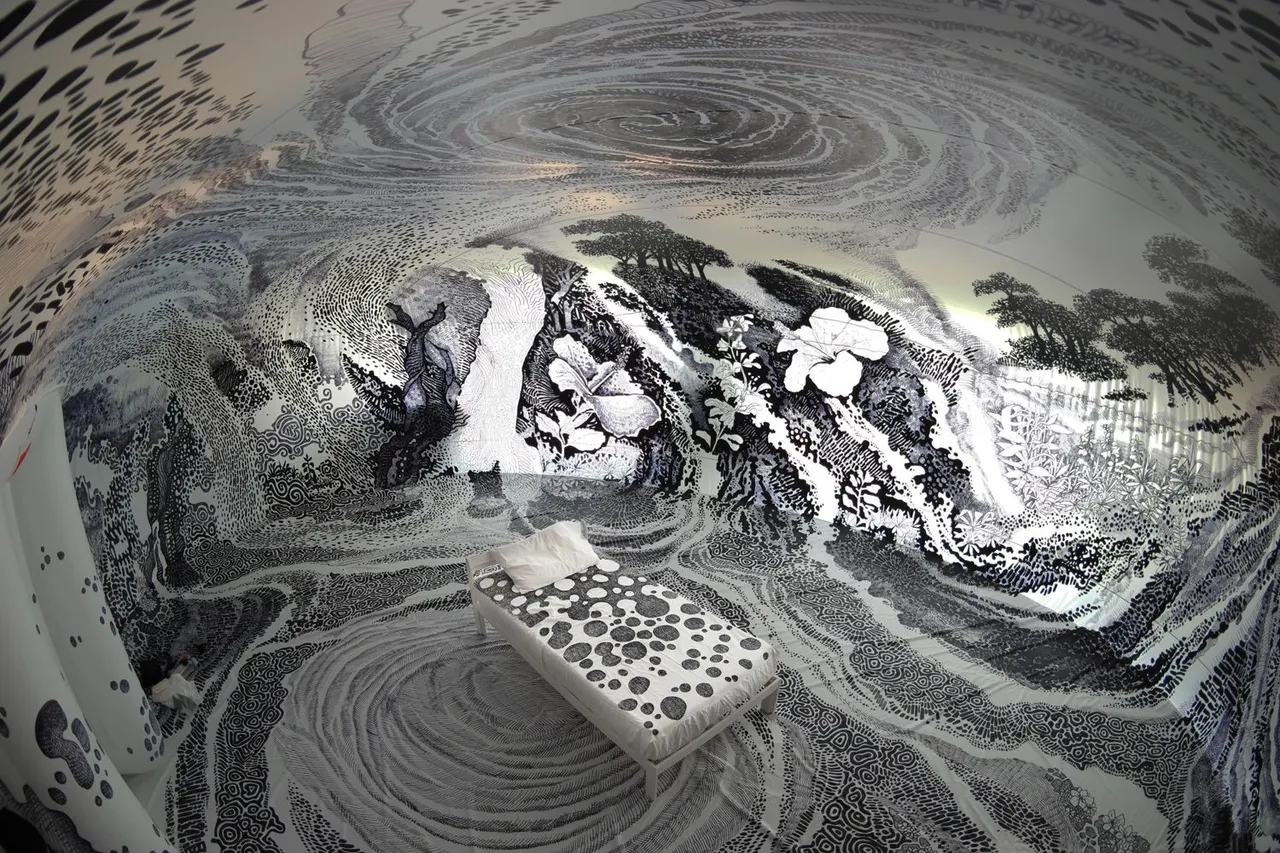
Credit: Installation at University of Southern California, Pacific Asia Museum. The Dreams of a Sleeping World. Image courtesy: © Oscar Oiwa Studio, NY. Used under Creative Commons Attribution-Share Alike 4.0 International license.
#The 'Fitness' Theory
Erik Hoel, a research assistant professor at the the Tufts Allen Discovery Center, worked with artificial neural networks to gain insight into how the human brain works. What Hoel learned was that repetitive task application helps a machine to learn how to do one task really well, but the machine don't learn how to apply that skill to new tasks. In order to have the skill carry over into other tasks, programmers introduce random variables into programs.
This narrow skill development Hoel terms 'overfit'. Hoel believes that the process of adding random data, 'noise', to a program is analogous to what dreams do in our brains. Instead of replaying events of the day and experiences over and over again, the brain introduces a little disorder--a dream.
Hoel explains that by dreaming, the brain breaks up "repetitive daily tasks...with an infusion of discord, keeping our brains fit".
#The 'Defensive Activation' Theory
Neuroscientists Don Vaughn (UCLA) and David Eagleman (Stanford) have a theory that is quite distinct from Hoel's. These two researchers tie in dreaming to the neurons in the visual cortex. They theorize that because humans are deprived of light during the hours of darkness, the visual cortex lacks stimulation for all that time. They suggested that neurons are, in a sense, territorial. If there is an absence of activation in one part of the brain, other neurons that are active will take over the territory.
They state: "We suggest that the brain preserves the territory of the visual cortex by keeping it active at night." Dreaming keeps the visual cortex of the brain active during the hours of dark.
They add, while this theory may seem less relevant in our electrified, modern age, our ancestors lived a great part of their lives in darkness. This is when the evolutionary development of dreaming occurred.
Dream of Polish Volunteers in French Trenches, 1914

Credit: Jany Styka (1858-1925). Public Domain
#'Consolidation of Memories' Theory
This theory comes out of the McGovern Institute at MIT. The director of the Institute, Robert Desimone (Professor of Brain and Cognitive Science) suggests that dreams help us to stabilize memories into a form of "long-term storage in the brain."
Dr. Desimone explains that most dreams are made up of experiences we've had, but that in dreams these events are jumbled. It is his theory that this jumbling is the brain's way of making sense of what has happened. We may put together related items in a not logical order, but in a way that is significant to us and our memory. He states, "...as the brain is processing memories, it pulls together the ones that are seemingly related to each other."

What is the purpose of dreaming? It seems this activity, that many animals--certainly all mammals--share is not much more clearly understood today than it was 2000 years ago. While neuroscientists can track our activity during the dream state, the question still remains, why do we dream?
I used many images from public domain sites outside of Hive, and I used many that were borrowed from LIL, the LMAC Gallery of images.
I thank these public domain contributors:
field
652234 on Pixabay
https://pixabay.com/es/photos/campo-hierba-naturaleza-paisaje-5429112/parachute
GuentherDillingen on Pixabay
https://pixabay.com/es/photos/paracaidista-paraca%C3%ADdas-paracaidismo-2183279/apples
NoName_13 on Pixabay
https://pixabay.com/es/photos/manzanas-manzana-roja-maduro-2788599/blueberries
Erbs55 on Pixabay
https://pixabay.com/es/photos/ar%C3%A1ndano-fruta-comida-baya-salud-625265/pears
manfredrichter on Pixabay
https://pixabay.com/es/photos/peras-fruta-pyrus-arbol-de-pera-3633119/blueberry bush
Go to Shannon Richards's profile
Shannon Richards on Unsplash
https://unsplash.com/photos/jJzmexjwfGEunicorn
GDJ on Pixabay
https://pixabay.com/es/vectors/vistoso-prism%C3%A1ticos-crom%C3%A1tico-1191082/water lilies
Prawny on Pixabay
https://pixabay.com/es/vectors/flor-floral-bot%C3%A1nico-planta-1837409/apple trees
analogicus on Pixabay
https://pixabay.com/es/photos/prado-paisaje-%C3%A1rboles-frutales-7196549/pear trees
shogun on Pixabay
https://pixabay.com/es/photos/naturaleza-paisaje-primavera-apogeo-3350362/
- Pegasus
Keraily_info on Pixabay
https://pixabay.com/es/illustrations/antecedentes-unicornio-espacio-6585352/
LIL
Thank you, fellow Hiveans for your contribution to my piece
flower
@ redheadpei
https://www.lmac.gallery/lil-gallery-image/10749
flower
@yaziris
https://www.lmac.gallery/lil-gallery-image/7645dogs
@tormenta
https://www.lmac.gallery/lil-gallery-image/8205
strange plant
@muelli
https://www.lmac.gallery/lil-gallery-image/7563raspberries
@alex2alex
https://www.lmac.gallery/lil-gallery-image/11460
Then, I contributed some elements:
Some Steps Along the Way
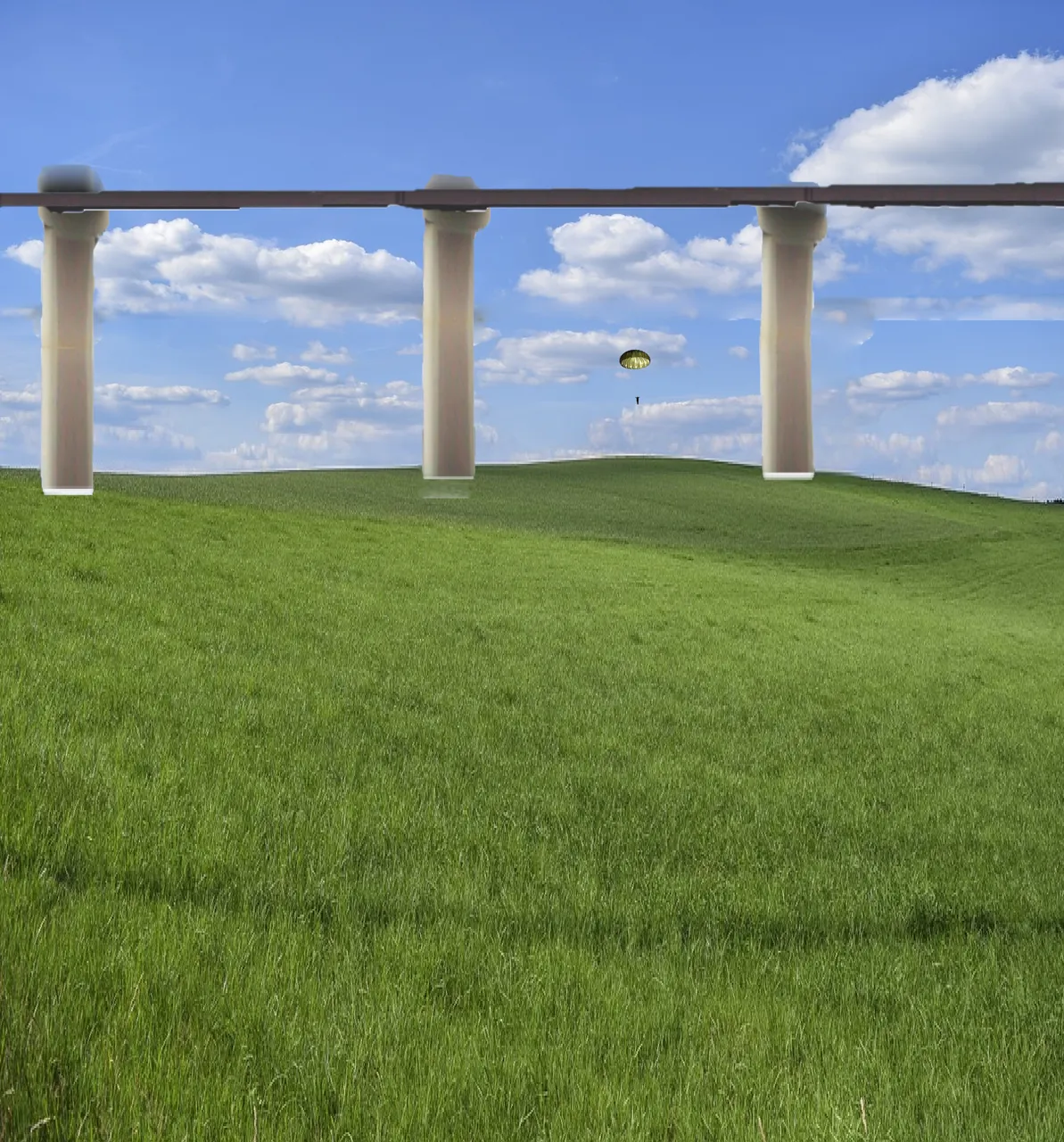
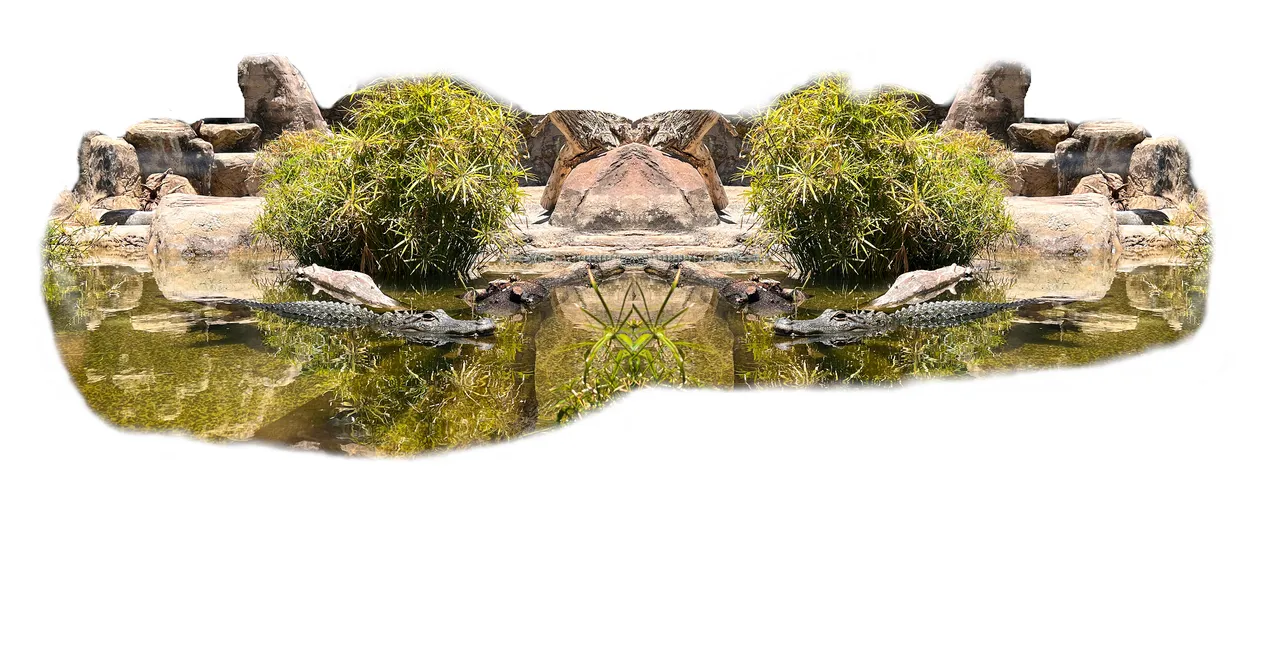

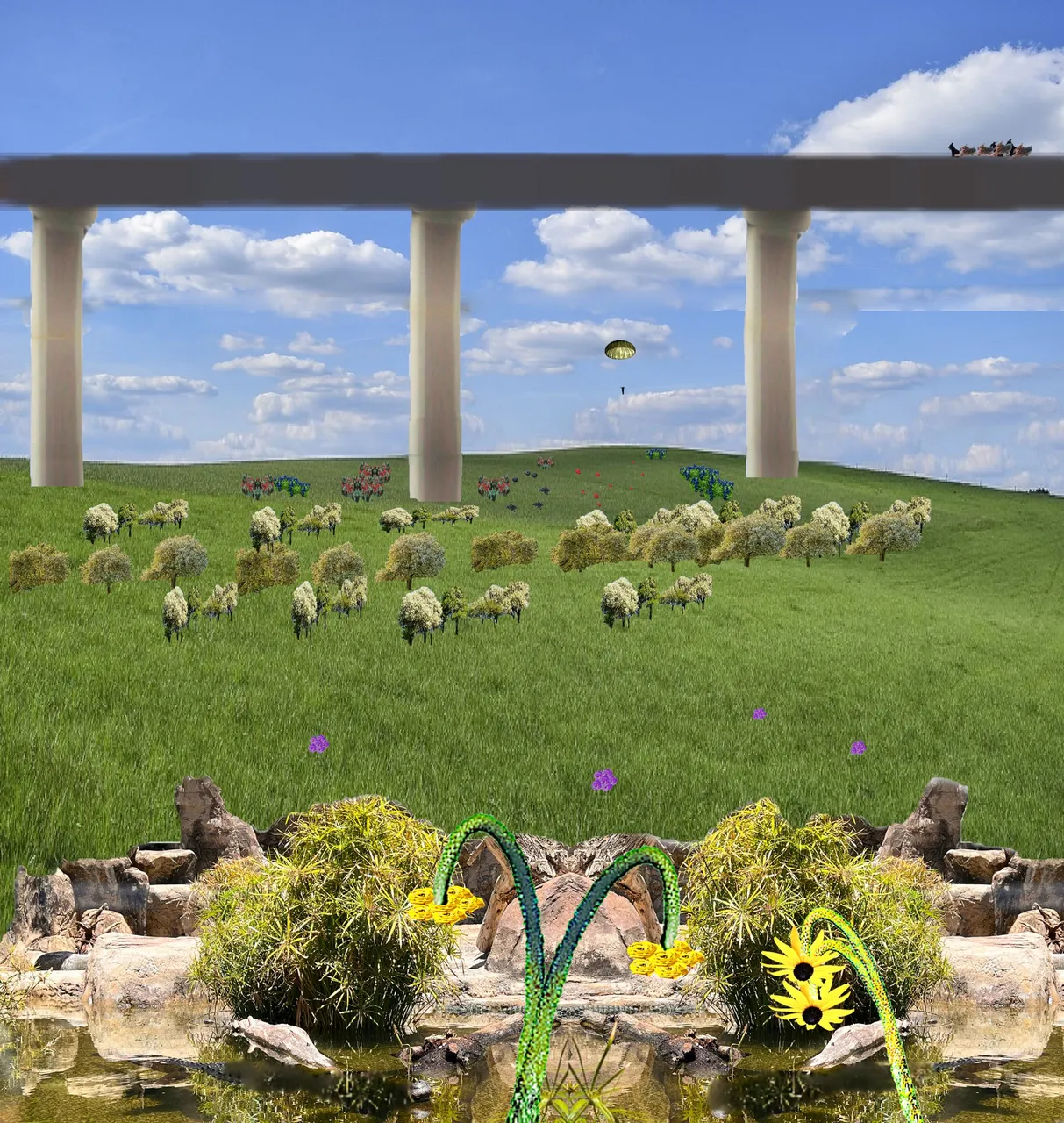
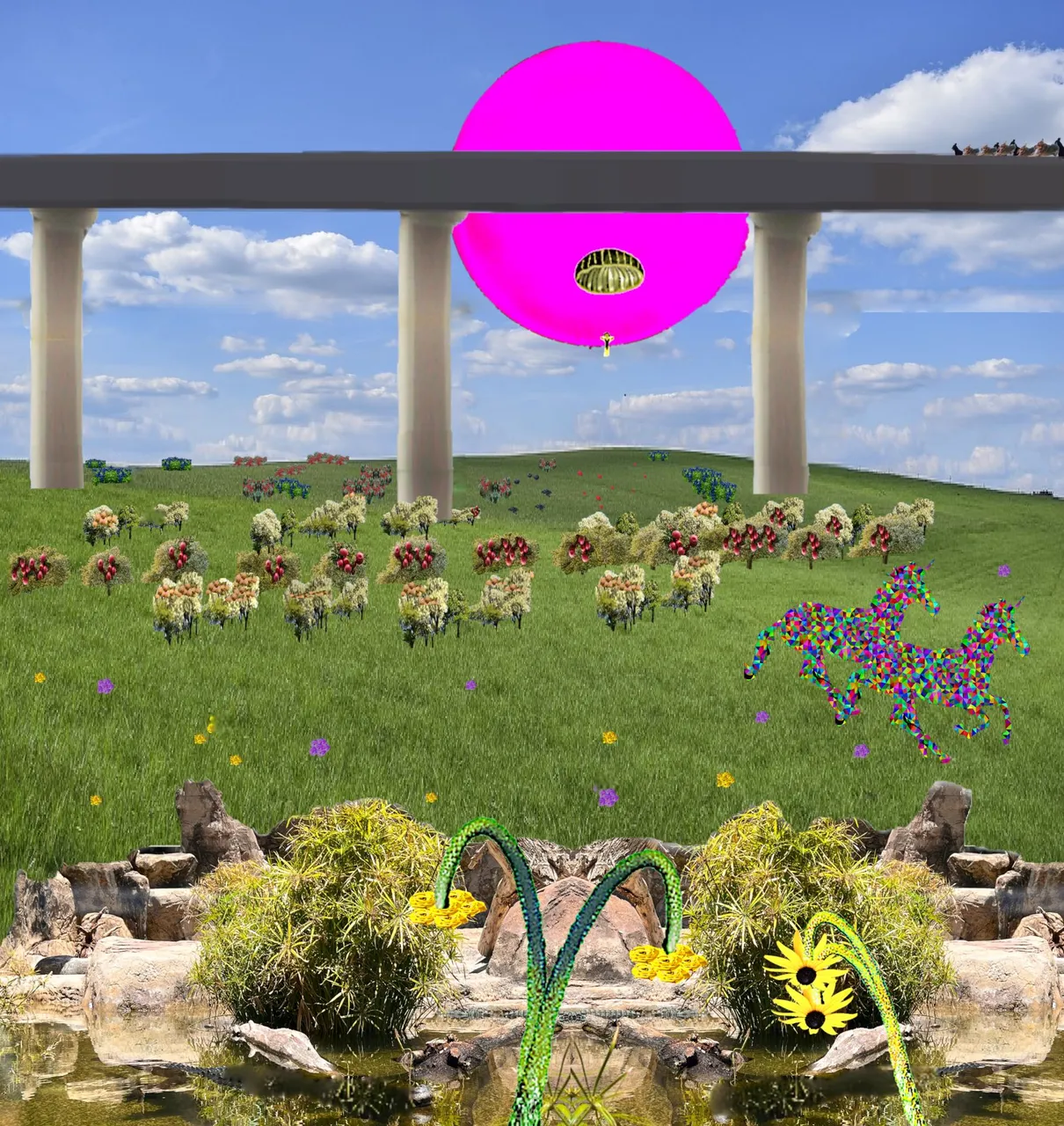
Every week is a unique adventure in the LMAC Collage contest. Every week I learn something. This week, I learned quite a bit about dream theory. And I had fun creating a collage that tried to reflect a dream state.
Please check out the LMAC curation feed to see the amazing works of art that the community artists have created.
Everyone who competes is a winner (I don't compete), but the Hive community selects the official winners. This week's list of winners is out. On Thursday, the contest begins anew. Please join in the fun.
You can see that LIL, the LMAC Image Library, was an essential part of my collage creating process this week. Everyone on Hive can contribute to the library and everyone can borrow from the library. Learn about the procedure here.
I wish all my readers peace and health.